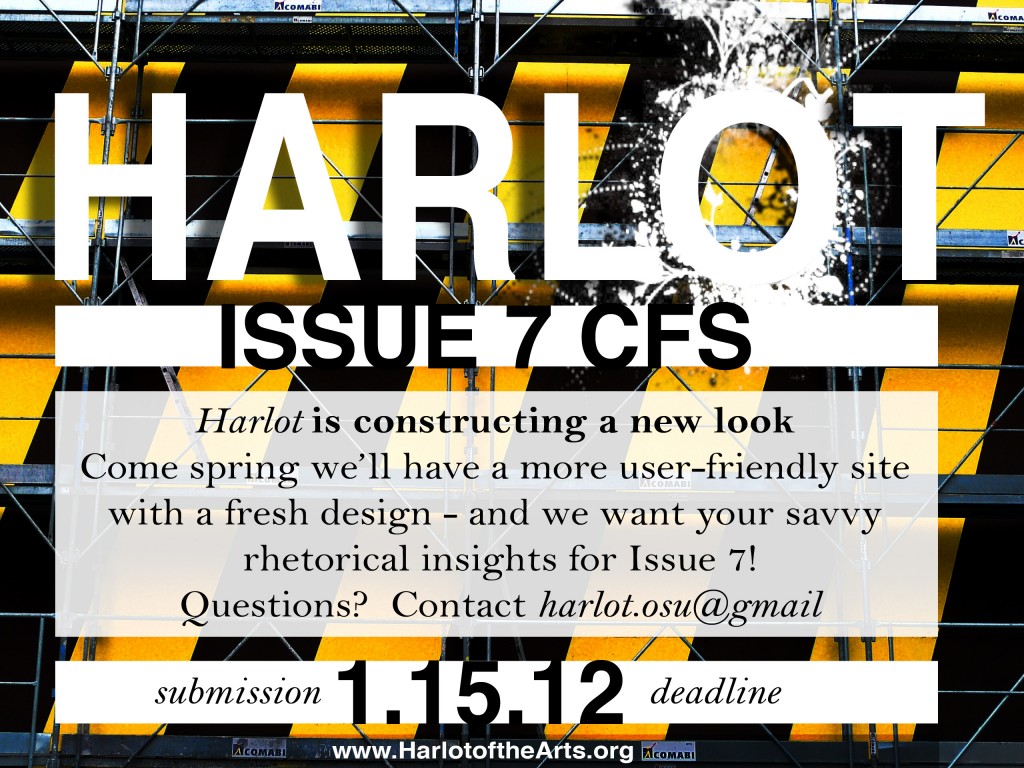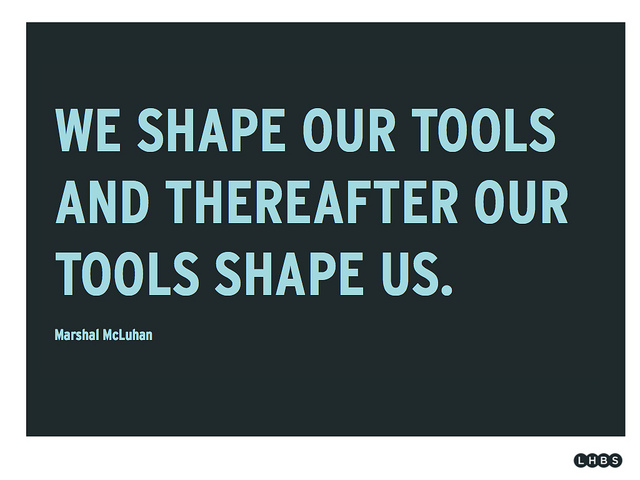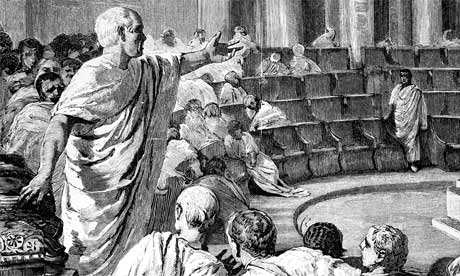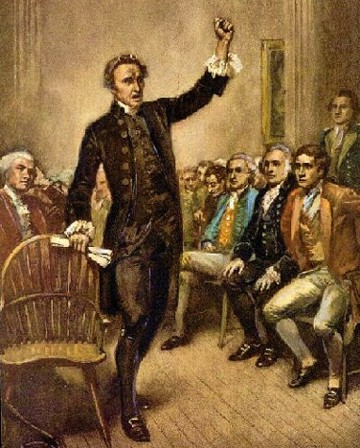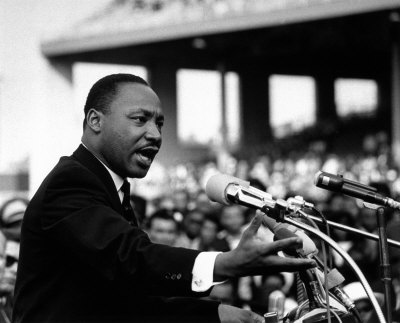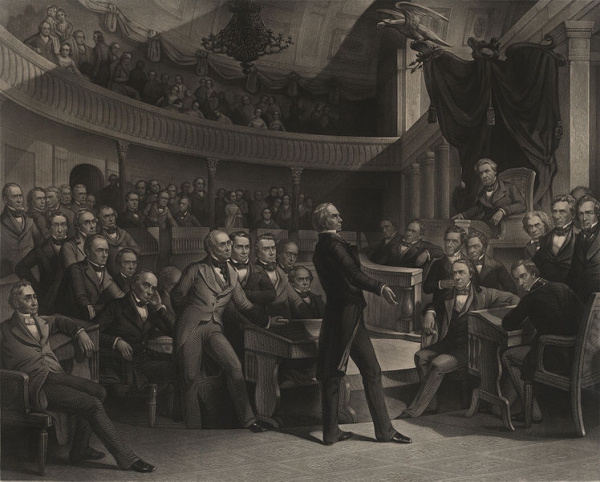George Carlin, rhetorical critic extraordinaire. Hints of Foucault, echoes of Burke, with a dash of phonetic analysis thrown in for good measure…
Deadline Approaches: Submit Now for Issue #7!
Dance your Diss!
Superb Parody
Video parodies this well made make my smile a mile wide!
Winner: Rhetorical Analysis of the Month (Youth Division)
And our winner for Best Rhetorical Analysis in the month of December by someone 12 years of age or younger goes to Riley, who reminds us that analyzing the rhetoric of color choices, gender shaping, and consumer culture can never begin too early. Congratulations, Riley!
+1 and like
I don’t know much about tenure or impact factors and journals. I don’t really know much about how academic journals get rated for prestige, influence, and coolness. But I’ve been thinking about new sorts of ratings for academic publications—especially those DIY publications. I’ve been thinking about those self-published pieces that don’t go through a journal but are published online ready to be experienced. There are some outstanding pieces out there that may not have a home in a journal but are important and need some support and academic cred. I’ve also been thinking about all the work comp and rhet teachers do online. I mean often they are blogging about rhetoric, vlogging about rhetoric, youtubing about composition, facebooking composition and, in general, engaging in academic activities through social media platforms that they never get credit for. So I wonder about liking and +1ng. And I ask ya these questions:
1. Should there be some sort of calculation (impact factor type) for articles, books, and websites based on likes and +1s and tweets ?
2. Could academic prestige be equated to social media numbers?
3. Should social media presence help with tenure?
If the answer is yes to any of the above then ya gotta ask the next questions:
1. Would a like from Villanueva mean more than a like from Muhlhauser?
2. Would a +1 from Yancey be rated higher than a +1 from Brad Pitt?
What would a university look like if tenure were based on social media presence?
Please like, +1, and tweet this post. I’m preparing for the future.
later
It Was a Little Pitchy, Dog: The Science of Delivery
From the latest issue of WIRED comes this dispatch on speech analysis research conducted at University of Michigan, which concludes that faster pacing, regular breathing, and control of pitch (less varied for men, more for women) is the key to persuading your listeners. And somewhere from the beyond, Demosthenes smiles…
Breaking: Photojournalism Isn’t Entirely Objective
Via PetaPixel comes this post linking to a short documentary by Ruben Salvadori on the techniques commonly used by photographers in framing, staging, and otherwise embellishing conflict photography. Those readers interested in visual rhetoric, citizen journalism, rhetorical ethics, and related topics will likely find this video a useful critique:
Here’s a fascinating video in which Italian photographer Ruben Salvadori demonstrates how dishonest many conflict photographs are. Salvadori spent a significant amount of time in East Jerusalem, studying the role photojournalists play in what the world sees. By turning his camera on the photographers themselves, he shows how photojournalists often influence the events they’re supposed to document objectively, and how photographers are often pushed to seek and create drama even in situations that lack it.
Photojournalism Behind the Scenes [ITA-ENG subs] from Ruben Salvadori on Vimeo.
Classical Rhetoric: A Manly Introduction
The Art of Manliness has a well written series of primers on classical rhetoric and the five canons.
Check ’em all out:
Classical Rhetoric 101: An Introduction
Classical Rhetoric 101: A Brief History

